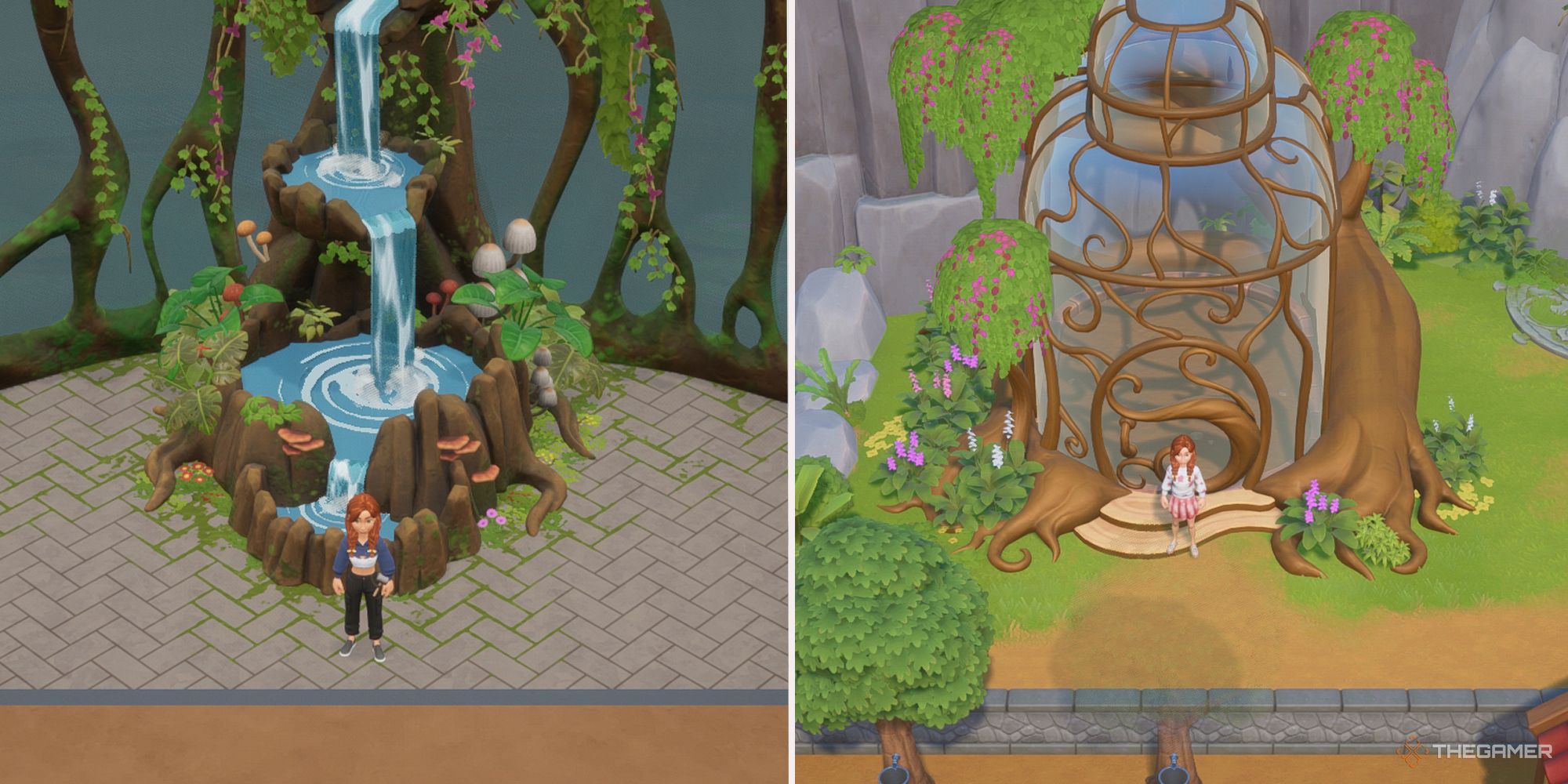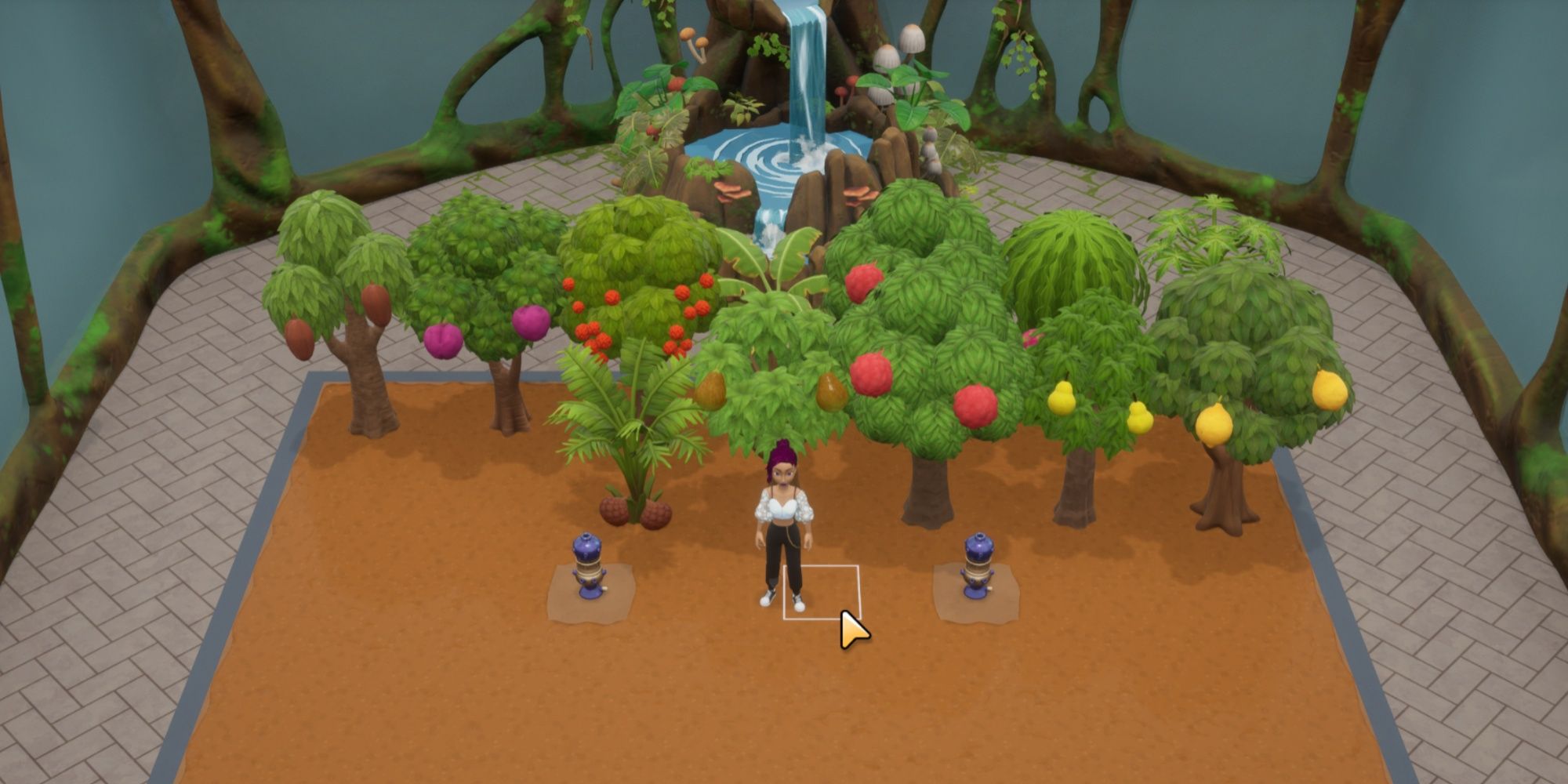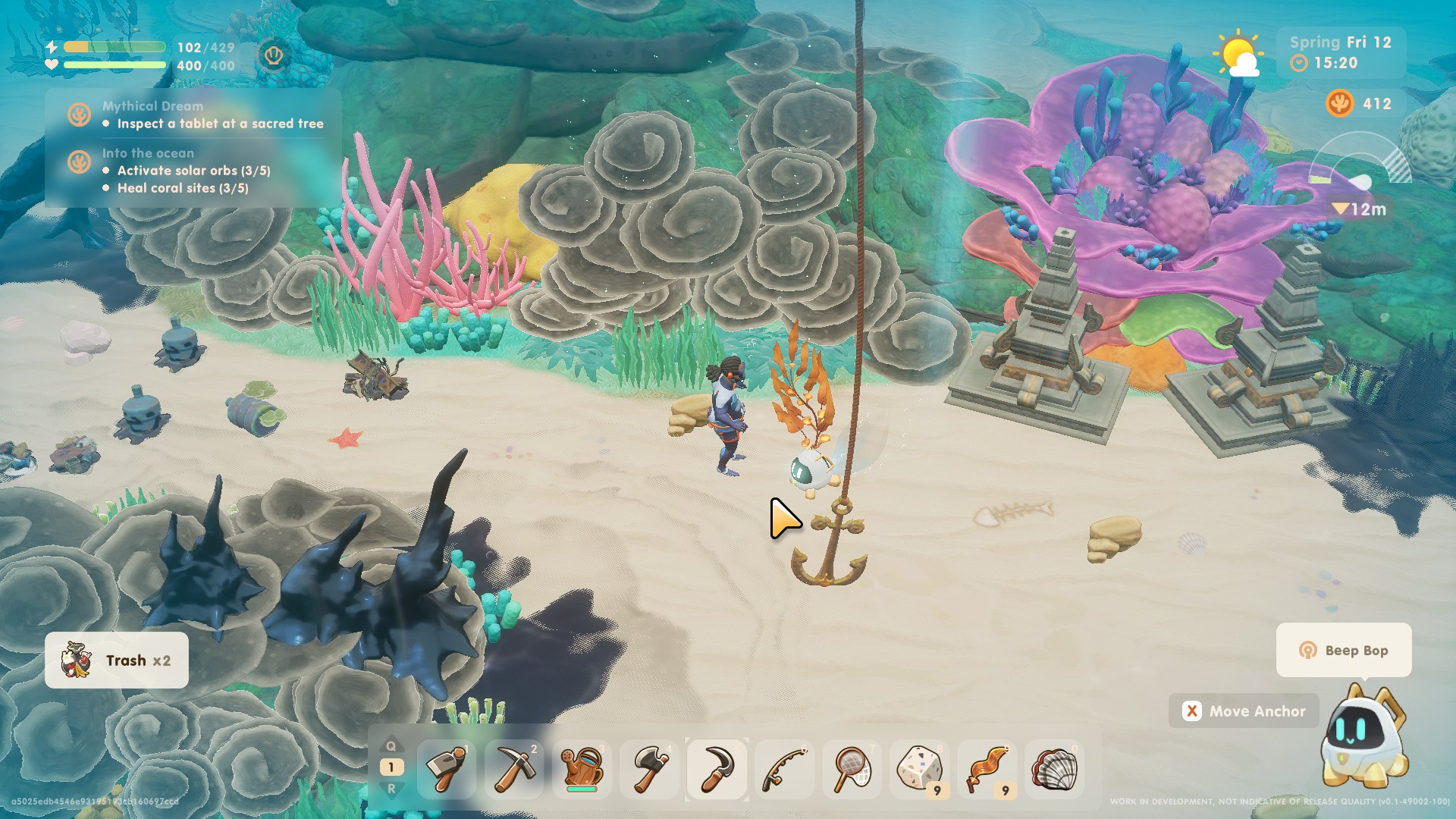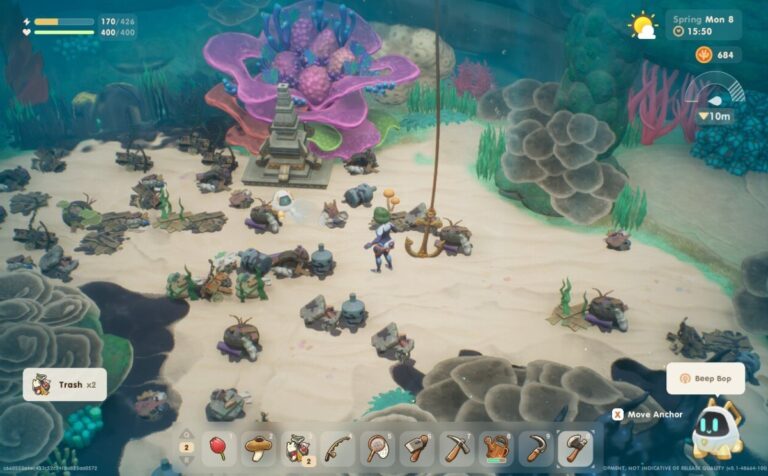How To Make Glass Coral Island
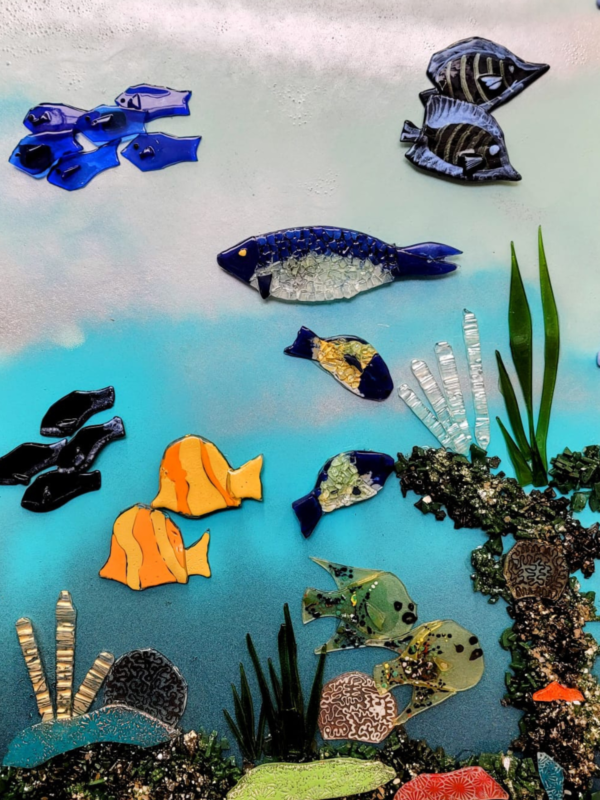
In a unique blend of art and environmental awareness, communities are finding creative ways to address coral reef degradation by constructing artificial reefs made of glass. These meticulously crafted structures aim to mimic the natural habitat of coral, providing a substrate for coral larvae to settle and grow, ultimately contributing to reef restoration efforts.
This article explores the innovative process of creating these glass coral islands, shedding light on the techniques involved, the purpose behind this endeavor, and the potential impact it could have on marine ecosystems. This is becoming more prominent as traditional reef restoration methods struggle to keep pace with the devastating effects of climate change and pollution.
The "Why" Behind Glass Coral Reefs
Coral reefs, often referred to as the "rainforests of the sea," are vital ecosystems supporting a vast array of marine life.
However, coral reefs are declining at an alarming rate due to climate change, pollution, and destructive fishing practices.The urgency to find effective restoration methods has spurred innovations like glass coral reefs.
The aim is simple: to create a stable and biocompatible structure that encourages coral growth. Traditional concrete structures, while widely used, can have environmental drawbacks during production. Glass, in contrast, can be made from recycled materials and is inert in seawater, making it an appealing alternative.
The Process: From Design to Deployment
The creation of a glass coral island is a multi-stage process, involving artists, scientists, and local communities. The process begins with careful design, mirroring the complex structures of natural coral reefs. This involves detailed planning to maximize surface area for coral settlement and create diverse habitats for marine life.
Next comes the fabrication phase. Skilled glass artists and technicians use various techniques, including glassblowing, fusing, and molding, to create intricate coral-like forms. Each piece is meticulously crafted to resemble the branching patterns and textures found in natural reefs.
"The idea is not just to create something aesthetically pleasing, but something that functionally mimics a real reef," explains Dr. Emily Carter, a marine biologist involved in a glass reef project in the Florida Keys. The choice of glass is crucial, with consideration given to its composition and ability to withstand the marine environment.
Key Considerations in Glass Selection
Not all glass is created equal. The type of glass used for coral reefs needs to be durable, non-toxic, and able to withstand the corrosive effects of saltwater. Borosilicate glass, known for its chemical resistance and thermal stability, is often a preferred choice.
Recycled glass is also frequently used. This minimizes the environmental footprint of the project. Using recycled glass supports sustainable practices and reduces the amount of waste sent to landfills.
The glass must be carefully cleaned and treated to ensure it is free of any contaminants that could harm marine life. This meticulous preparation is essential for the long-term health and success of the artificial reef.
Constructing the Island
Once the individual glass coral pieces are created, they need to be assembled into a larger structure. This is typically done on land, creating a modular island that can be easily transported and deployed.
The design incorporates gaps and crevices to provide shelter for fish and other marine organisms. The overall structure mimics the complexity of a natural reef, fostering biodiversity and ecological balance.
The final step is deployment. The glass coral island is carefully transported to the designated reef site and lowered into the water. Divers then secure the structure to the seabed, ensuring it is stable and properly positioned.
The Impact and Future of Glass Coral Reefs
While still a relatively new approach, glass coral reefs have shown promising results. Studies have indicated that coral larvae readily settle on the glass surfaces, and fish and other marine organisms quickly colonize the artificial reef.
The long-term success of these projects will depend on ongoing monitoring and maintenance. Regular inspections are needed to assess coral growth, monitor water quality, and address any potential issues.
The potential benefits of glass coral reefs extend beyond reef restoration. They can also serve as educational tools. These reefs raise awareness about the importance of coral reefs and the threats they face.
By combining art and science, these projects engage communities and inspire action to protect our oceans.
Looking ahead, the use of glass coral reefs is likely to expand as the technology becomes more refined and accessible. As climate change continues to impact coral reefs worldwide, innovative solutions like glass coral islands offer a glimmer of hope for the future.
The creation of a glass coral island is a testament to human ingenuity and a commitment to preserving our marine ecosystems. This blends art, science, and community engagement, providing a sustainable solution for reef restoration and inspires future generations to care for our planet.
